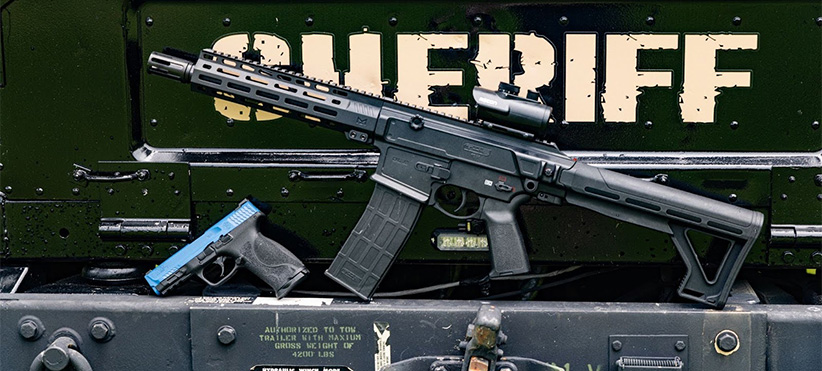
How T4E tools help bridge the gap between policy and real-world readiness
A new Police1 report, “Training to Survive,” sheds light on what many officers already know — training hours are limited, standards are inconsistent and preparation often falls short of what the job demands. The findings paint a clear picture: modern law enforcement needs more hands-on, ongoing and scenario-based training that mirrors the realities officers face every day.
Police Training Gaps: What the Report Reveals
In the “Training to Survive” survey, officers across the country voiced concerns about training gaps that impact safety and decision-making. Many said they don’t receive enough time or repetition to maintain key skills, especially under stress.
The report highlights three critical takeaways:
- Limited training hours make it difficult to build and sustain proficiency.
- Inconsistent standards between agencies lead to uneven readiness across the field.
- Outdated methods fail to reflect real-world encounters and evolving threats.
Experts interviewed emphasized the need to modernize use-of-force and scenario-based instruction — and to make those sessions accessible, repeatable and data-driven.
Turning Data Into Action: Training That Feels Real
That’s where T4E (Training for Engagement) comes in. Our CO₂-powered training markers and force-on-force tools give agencies a cost-effective way to increase frequency and realism without increasing risk.
With platforms like the T4E Walther PDP Optic-Ready Marker, officers can safely run full scenario drills—room clearing, threat recognition, low-light response, and more—using .43 caliber rubber rounds, powder rounds, or paint rounds that replicate live-fire feel and handling.
These systems help agencies:
- Extend training time without consuming live ammo.
- Conduct scenario-based drills anywhere—gyms, classrooms, or shoot houses.
- Reinforce muscle memory, decision-making, and stress response through safe, high-repetition reps.
Bridging the LE Training Readiness Gap
The bottom line is policy and gear alone don’t prepare officers—training does. T4E platforms give agencies the flexibility to run more reps, more often, with lower cost and higher engagement. This kind of repetition is what builds competence, confidence, and control—the three things that matter most when real-world encounters unfold in seconds.
The Path Forward
Modernizing police training doesn’t always mean adding new technology—it often means using smarter tools to create more meaningful, hands-on practice. By integrating scenario-based marker training into regular rotations, departments can strengthen readiness while addressing various challenges.
Because when training looks and feels real, survival isn’t left to chance—it’s built by design.
Explore the full Police1 report: Training to Survive
Discover T4E law enforcement training tools: T4E Law-Enforcement
